Is Tire and Wheel Protection Worth It? Weighing the Pros and Cons
What is Tire and Wheel Protection?
Tire and wheel protection is essentially an insurance policy specifically designed to cover damage to your tires and wheels caused by road hazards. These hazards can include potholes, nails, glass, debris, and other unexpected obstacles that can lead to punctures, sidewall damage, bent rims, or even blowouts.
Unlike your standard auto insurance, which typically covers damage from accidents, tire and wheel protection focuses on damage caused by these everyday road hazards. This can be a lifesaver, especially if you have low-profile tires, which are more susceptible to damage, or if you frequently drive on roads known for their less-than-perfect condition.
What Does Tire and Wheel Protection Typically Cover?
The specifics of coverage can vary depending on the provider and the plan you choose, but generally, tire and wheel protection covers the following:
- Repair or Replacement of Damaged Tires: If your tire is damaged beyond repair due to a covered road hazard, the plan will typically cover the cost of a new tire.
- Repair or Replacement of Damaged Wheels/Rims: Similar to tires, if your wheel is bent, cracked, or otherwise damaged by a road hazard, the plan will cover the cost of repair or replacement.
- Mounting and Balancing: When a tire or wheel is replaced, the cost of mounting and balancing is usually included in the coverage.
- Taxes: The plan often covers any applicable taxes on the replacement parts and labor.
- Towing: Some plans include coverage for towing if your vehicle is disabled due to tire or wheel damage.
Important Note: Always carefully read the terms and conditions of your specific plan to understand exactly what is covered and what is excluded. Pay attention to any deductibles, limitations on the number of claims, and the definition of a covered road hazard.
What are the Benefits of Tire and Wheel Protection?
There are several compelling reasons why you might consider investing in tire and wheel protection:
- Financial Protection: Replacing tires and wheels can be surprisingly expensive, especially for luxury vehicles or those with specialized rims. Tire and wheel protection can save you hundreds or even thousands of dollars in unexpected repair costs.
- Peace of Mind: Knowing that you're covered in case of a road hazard can provide significant peace of mind, especially if you drive frequently or in areas with poor road conditions.
- Convenience: Many plans offer a streamlined claims process and access to a network of authorized repair shops, making it easier to get your vehicle back on the road quickly.
- Preservation of Vehicle Value: Keeping your tires and wheels in good condition helps maintain the overall appearance and value of your vehicle.
What are the Potential Drawbacks?
While tire and wheel protection offers numerous benefits, it's important to be aware of the potential downsides:
- Cost: The premium for tire and wheel protection can vary depending on the vehicle, coverage level, and provider. You need to weigh the cost of the plan against the potential cost of repairs.
- Exclusions: As mentioned earlier, it's crucial to understand what is *not* covered by the plan. Common exclusions include damage caused by vandalism, off-roading, or normal wear and tear.
- Deductibles: Some plans may have a deductible, which is the amount you'll have to pay out-of-pocket before the coverage kicks in.
- Limitations: Some plans may have limitations on the number of claims you can file or the total amount of coverage available.
Is Tire and Wheel Protection Right for You?
The decision of whether or not to purchase tire and wheel protection is a personal one that depends on your individual circumstances. Consider the following factors:
- Your Driving Habits: Do you drive frequently in areas with poor road conditions?
- Your Vehicle: Do you have low-profile tires or expensive rims?
- Your Budget: Can you afford the premium for the protection plan?
- Your Risk Tolerance: Are you comfortable with the risk of paying for tire and wheel repairs out-of-pocket?
If you answer yes to most of these questions, tire and wheel protection may be a worthwhile investment. However, if you drive infrequently, have standard tires, and are comfortable with the potential repair costs, you may be able to skip the coverage.
Pro Tip: Compare quotes from multiple providers and carefully review the terms and conditions of each plan before making a decision.
Conclusion
Tire and wheel protection can offer valuable peace of mind and financial security for drivers who face frequent road hazards. By understanding the benefits, drawbacks, and coverage details of these plans, you can make an informed decision about whether or not they are the right choice for your needs. Weigh the cost against the potential risks, and drive confidently knowing you're prepared for whatever the road may throw your way.Where can I find my VIN?

